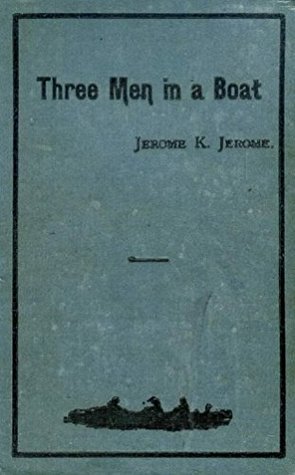Magna Charta Island.
Magna Carta was issued in June 1215 and was the first document to put into writing the principle that the king and his government was not above the law. It sought to prevent the king from exploiting his power, and placed limits of royal authority by establishing law as a power in itself.
Magna Carta Island is said to be the location where King John met with the 25 rebellious barons who had camped on the opposite bank of the river in Runnymede and was forced to sign the charter. Richard de Montfichet was the owner of the island and was one of the barons chosen to keep the Magna Carta safe.
The charter was renounced as soon as the barons left London; the pope annulled the document, saying it impaired the church's authority over the “papal territories” of England and Ireland. England moved to civil war, with the barons trying to replace the monarch they disliked with an alternative.
By August 1215, Pope Innocent III had annulled Magna Carta, declaring it null and void and having been sealed under duress. King John died of dysentery aged 50 in October that year. But, says Magna Carta 800th, “over the course of the next 800 years, the idea of Magna Carta gathered momentum and assumed a greater authority in respect of the central key clauses concerning liberty and justice.
"These central clauses, usually referred to as 38 and 39, have not only stood the test of time, but have a potency of their own which has seen off hundreds of attempts at annulment, repeal, modification and suspension by successive monarchs and governments”.


